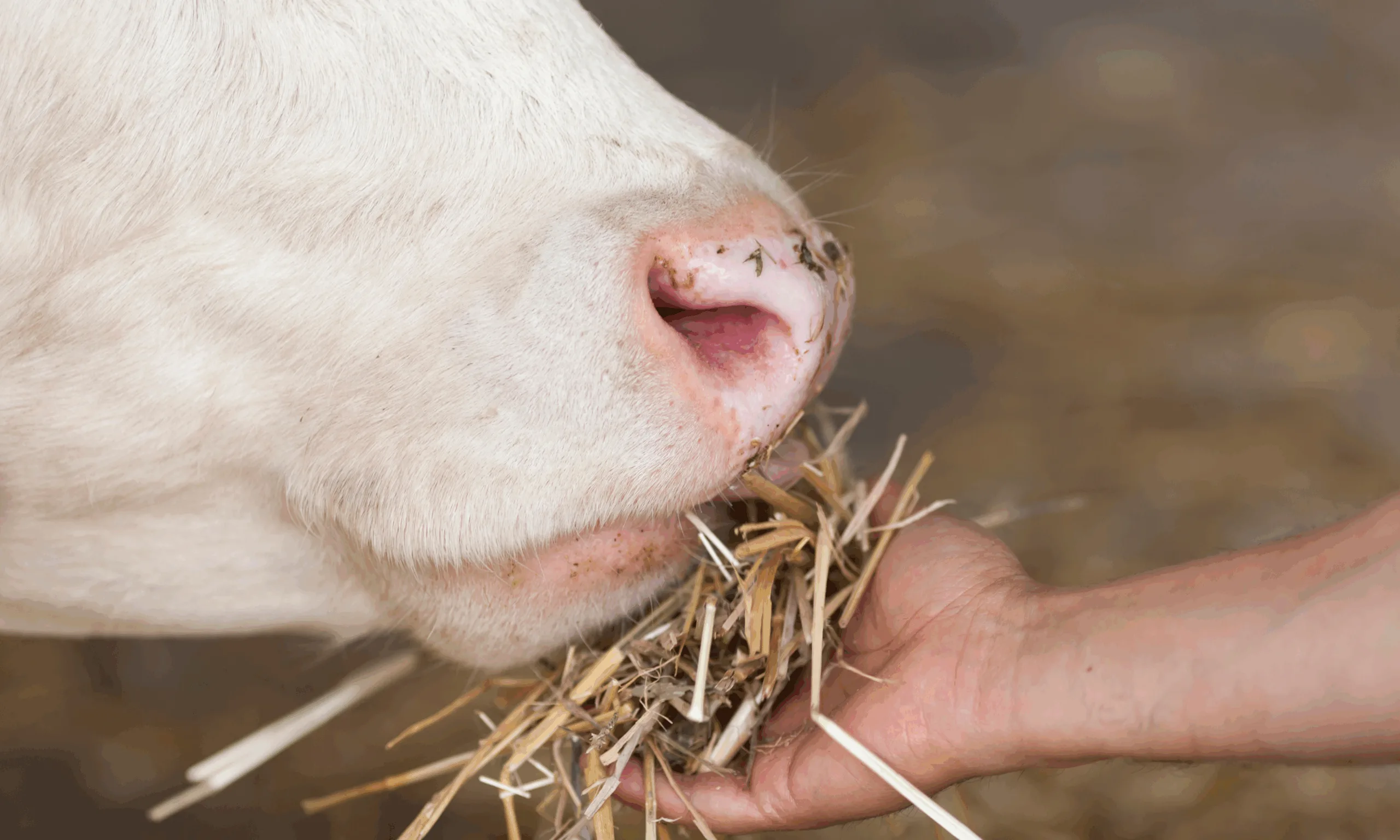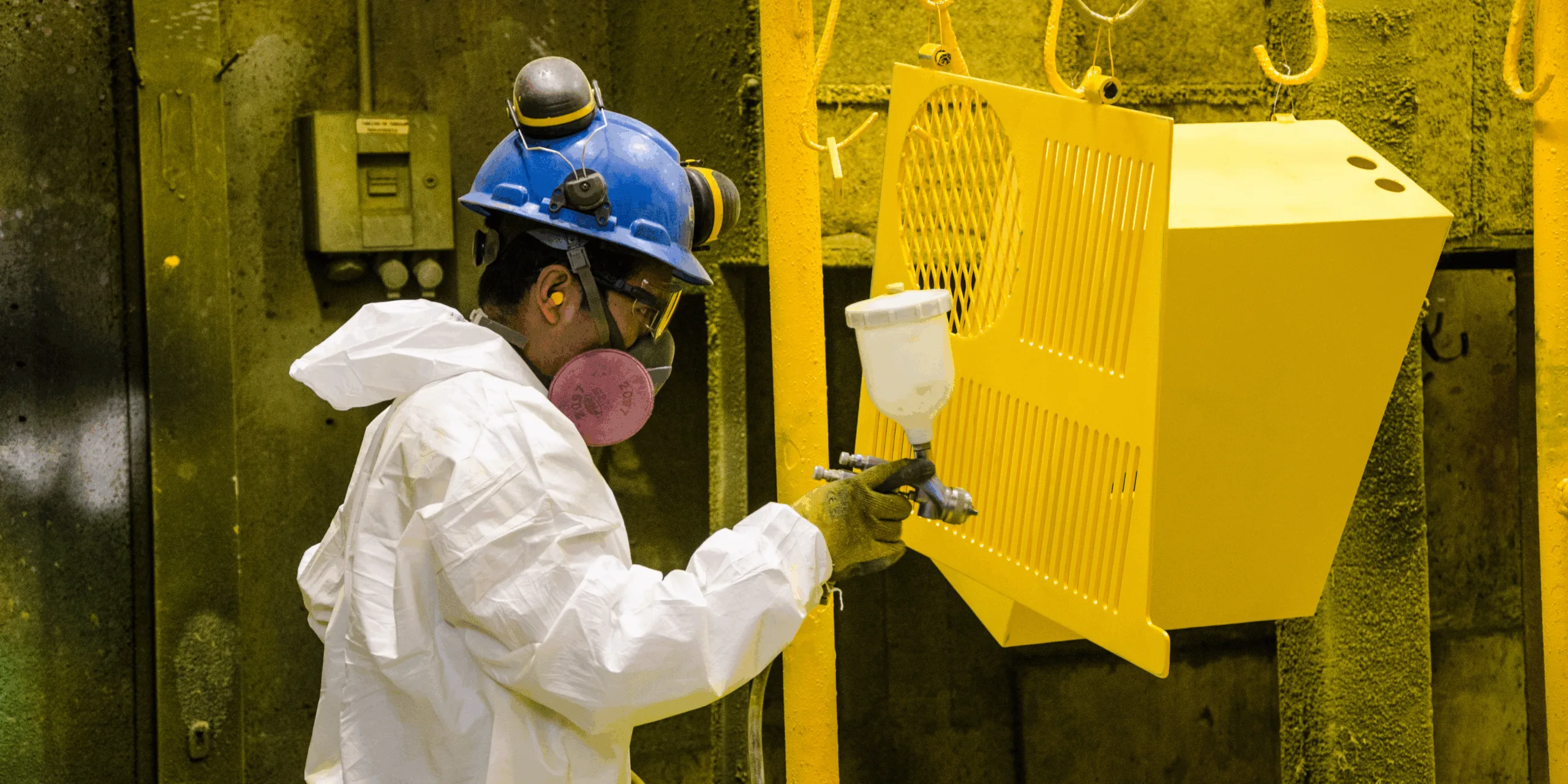Animal feed additives: Why Limestone is still a go-to
In modern livestock farming, nutrition isn’t just about quantity, it’s about precision. Every ingredient in an animal’s feed must serve a specific purpose, whether it’s supporting growth, enhancing immunity, or ensuring reproductive health. Among these ingredients, one mineral has stood the test of time: Limestone. Often overlooked in favour of newer additives or specialty compounds, Limestone remains a cornerstone of animal feed formulation. Its enduring popularity stems from its proven nutritional benefits, cost-effectiveness, and versatility across a wide range of livestock species.
The nutritional role of Limestone
Limestone is primarily composed of calcium carbonate (CaCO₃), a mineral essential for animal health. Calcium plays multiple critical roles in livestock physiology:
-
Bone and skeletal development
Calcium is the main building block of bones and teeth. Adequate calcium intake ensures proper skeletal growth in young animals and maintains bone strength in adults. Deficiencies can lead to fractures, poor growth rates, and skeletal deformities – issues that can compromise animal welfare and farm profitability. -
Eggshell quality in poultry
For laying hens, calcium is vital for producing strong, high-quality eggshells. Insufficient calcium can result in thin, fragile shells, higher rates of breakage, and reduced overall productivity. -
Muscle and nerve function
Calcium is crucial for muscle contraction, nerve impulse transmission, and overall metabolic function. A deficiency can manifest in poor growth, lethargy, and in severe cases, reproductive problems. -
Acid-base balance
Calcium carbonate acts as a buffering agent, helping maintain optimal pH in the digestive system. This is especially important in ruminants, where imbalances can disrupt microbial activity in the rumen and impair digestion.

Why Limestone remains a preferred additive
Despite the emergence of synthetic supplements and complex mineral premixes, Limestone continues to be a preferred feed additive for several reasons:
1. High bioavailability
Calcium from Limestone is highly digestible and readily absorbed by most livestock species. This ensures that animals receive the intended nutritional benefit without wastage, improving feed efficiency and overall growth performance.
2. Cost-effectiveness
Limestone is abundant and relatively inexpensive compared to other calcium sources or specialised mineral compounds. Its affordability allows farmers to maintain optimal nutrition in feed formulations without significantly increasing production costs.
3. Consistency and quality
Modern feed-grade Limestone is processed to ensure uniform particle size and purity. This consistency simplifies feed formulation, improves mixing accuracy, and reduces the risk of nutrient imbalances in the final feed product.
4. Versatility across species
Limestone is used in feed for a wide variety of animals. From poultry and pigs to cattle and sheep. Its adaptability makes it a reliable baseline mineral source in multi-species operations or commercial feed production.
Applications in feed formulation
Limestone can be incorporated into feed in different ways depending on the target species and production goals:
- Ground Limestone: Fine particles are often used in mash feed, ensuring even distribution of calcium throughout the diet.
- Coarse Limestone: Larger particles are commonly added to layer diets for hens, providing a slow-release calcium source to support eggshell formation.
- Premixes: Limestone is often included as a key component in mineral premixes, which are then blended into complete feed rations.
Feed formulators must balance Limestone with other minerals such as phosphorus, magnesium, and trace elements to optimise overall health and productivity. The right calcium-to-phosphorus ratio, for instance, is critical for efficient bone mineralisation and metabolic function.

Environmental and quality considerations
Beyond nutrition, Limestone offers advantages in terms of environmental responsibility and supply security. It is widely available and locally sourced in many regions, reducing reliance on imported supplements. Its low environmental impact in feed production, compared to more chemically intensive alternatives, aligns with increasing consumer and regulatory focus on responsible livestock farming.
Moreover, quality standards in feed-grade Limestone – such as minimal impurities, consistent particle size, and absence of contaminants – ensure that it can be safely incorporated into high-quality feed formulations without adverse effects on animal health.
In an era of advanced feed additives and complex nutritional formulations, Limestone might seem like a simple, old-fashioned choice – but its continued use is far from outdated. It provides highly bioavailable calcium, supports bone health and production performance, is cost-effective, versatile across livestock species, and aligns with sustainable farming practices. For farmers, feed producers, and nutritionists, Limestone remains a reliable, proven cornerstone in animal feed – a testament to its enduring value in modern livestock nutrition.
To learn more about how our Limestone filler can enhance your livestock feed, contact our friendly team! You can also follow LKAB Minerals on LinkedIn for the latest product updates, case studies, and industry insights.




